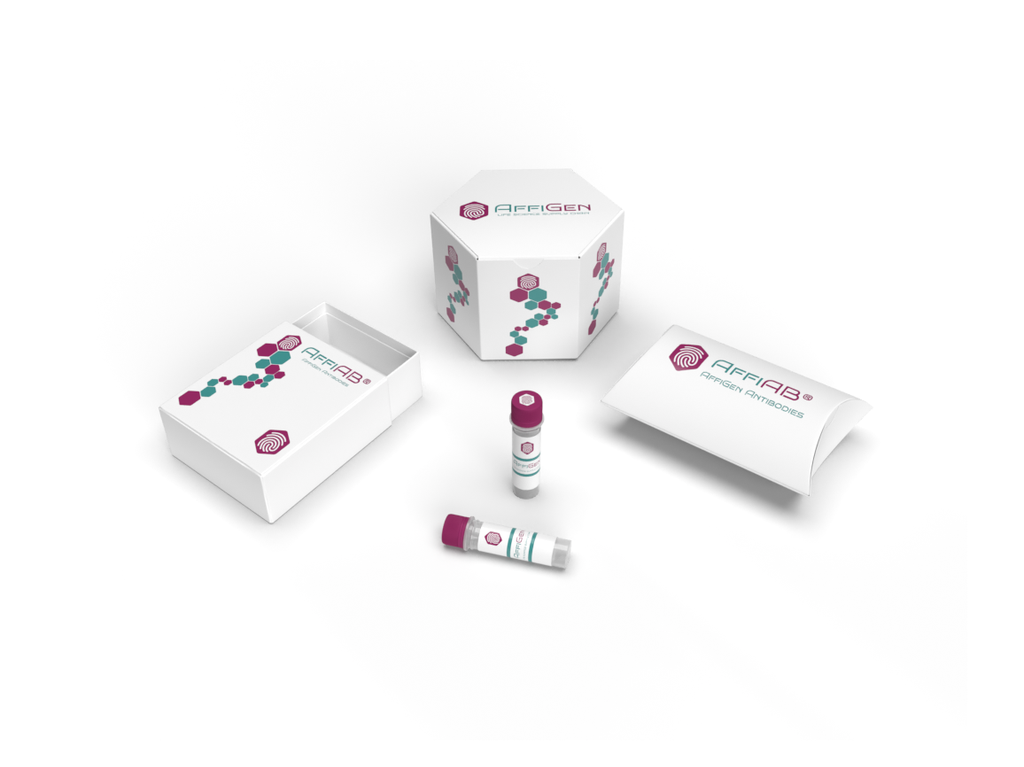AffiAB® Anti-mTOR Antibody
The phosphatidylinositol kinase (PIK) family members fall into two distinct subgroups. The first subgroup contains proteins such as the PI 3- and PI 4-kinases and the second group comprises the PIK-related kinases. The PIK-related kinases include Atm, DNA-PKCS and FRAP. These proteins have in common a region of homology at their carboxy-termini that is not present in the PI 3- and PI 4-kinases. The Atm gene is mutated in the autosomal recessive disorder ataxia telangiectasia (AT) that is characterized by cerebellar degeneration (ataxia) and the appearance of dilated blood vessels (telangiectases) in the conjunctivae of the eyes. AT cells are hypersensitive to ionizing radiation, impaired in mediating the inhibition of DNA synthesis and display delays in p53 induction. DNA-PK is a heterotrimeric DNA binding enzyme that is composed of a large subunit, DNA-PKCS, and two smaller subunits collectively known as Ku. The loss of DNA-PK leads to defects in DSB repair and V (D) J recombination. FRAP can autophosphorylate on serine and bind to Rapamycin/FKBP. FRAP is also an upstream regulator of S6 kinase and has been implicated in the regulation of p27 and p21 expression.
Antibody type
Rabbit polyclonal Antibody
Uniprot ID
SwissProt: P42345 Human; SwissProt: Q9JLN9 Mouse; SwissProt: P42346 Rat
Recombinant
NO
Conjugation
Non-conjugated
Host
Rabbit
Isotype
IgG
Clone
N/A
KO/KD
N/A
Species reactivity
Human, Rat, Mouse
Tested applications
WB, IF-Cell, IHC-P
Predicted species reactivity
N/A
Immunogen
Synthetic peptide within human mTOR aa 2430-2480.
Storage
Store at +4°C after thawing. Aliquot store at -20°C. Avoid repeated freeze / thaw cycles.
Form
Liquid
Storage buffer
1*TBS (pH7.4) , 0.2% BSA, 50% Glycerol. Preservative: 0.05% Sodium Azide.
Concentration
1 mg/mL.
Purity
Immunogen affinity purified.
Signal pathway
N/A
Recommended dilutions
WB: 1:500-1:1, 000; IF-Cell: 1:50-1:200; IHC-P: 1:100-1:500
Molecular Weight
Predicted band size: 289 kDa.
Subcellular location
Cytoplasm, Cytoplasmic vesicle, Endoplasmic reticulum, Golgi apparatus, Lysosome, Membrane, Microsome, Mitochondrion, Mitochondrion outer membrane, Nucleus.
Positive control
MCF-7 cell lysate, rat brain tissue lysate, HepG2 cell lysate, rat testis tissue, human breast carcinoma tissue, mouse heart tissue.
